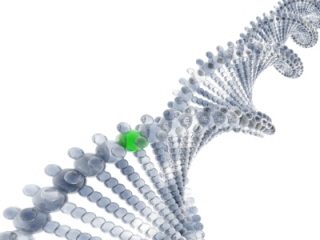With Friday’s release of a paper in PLoS Genetics, the Genographic Project also released a spreadsheet with the results of over 16,000 mtDNA tests, including HVS-I and SNP results (available here). In addition to sequencing the HVS-I region of mtDNA samples the Project is now testing 22 SNPs. These SNPs were chosen based upon a number of factors, which are discussed in the paper.
“Twenty one SNPs and the 9-bp deletion make up the total of 22 biallelic sites. For simplicity, we will refer to all biallelic sites as SNPs. The number of SNPs tested was gradually increased from ten at inception of the project to the 22 currently used. The ten initial SNPs were 3594, 4580, 5178, 7028, 10400, 10873, 11467, 11719, 12705, and 14766 (numbers refer to the nucleotide position in the mitochondrial genome). The panel was augmented to a total of 20 coding-region SNPs by including the following additional ten SNPs: 4248, 6371, 8994, 10034, 10238, 10550, 12612, 13263, 13368, and 13928. The panel was further augmented by the addition of SNP 2758, to a total of 21 coding-region SNPs and finally by including the 9-bp deletion at position 8280 to a total of 22 coding-region SNPs (Figure 4). Two further changes were made: positions 8994 and 13928 used in some early work were respectively replaced with their phylogenetic equivalents 1243 and 3970. Therefore, the current panel includes the following SNPs, with their respective gene locations shown in brackets [33]: 2758 (16S), 3594 (ND1), 4248 (M), 4580 (ND2), 5178 (ND2), 6371 (COI), 7028 (COI), 8280 (9-bp deletion) (NC7), 8994 (ATPase6), 10034 (G), 10238 (ND3), 10400 (R), 10550 (NDRL), 10873 (ND4), 11467 (ND4), 11719 (ND4), 12612 (ND5), 12705 (ND5), 13263 (ND5), 13368 (ND5), 13928 (ND5), and 14766 (Cytb).” ... Click to read more!
